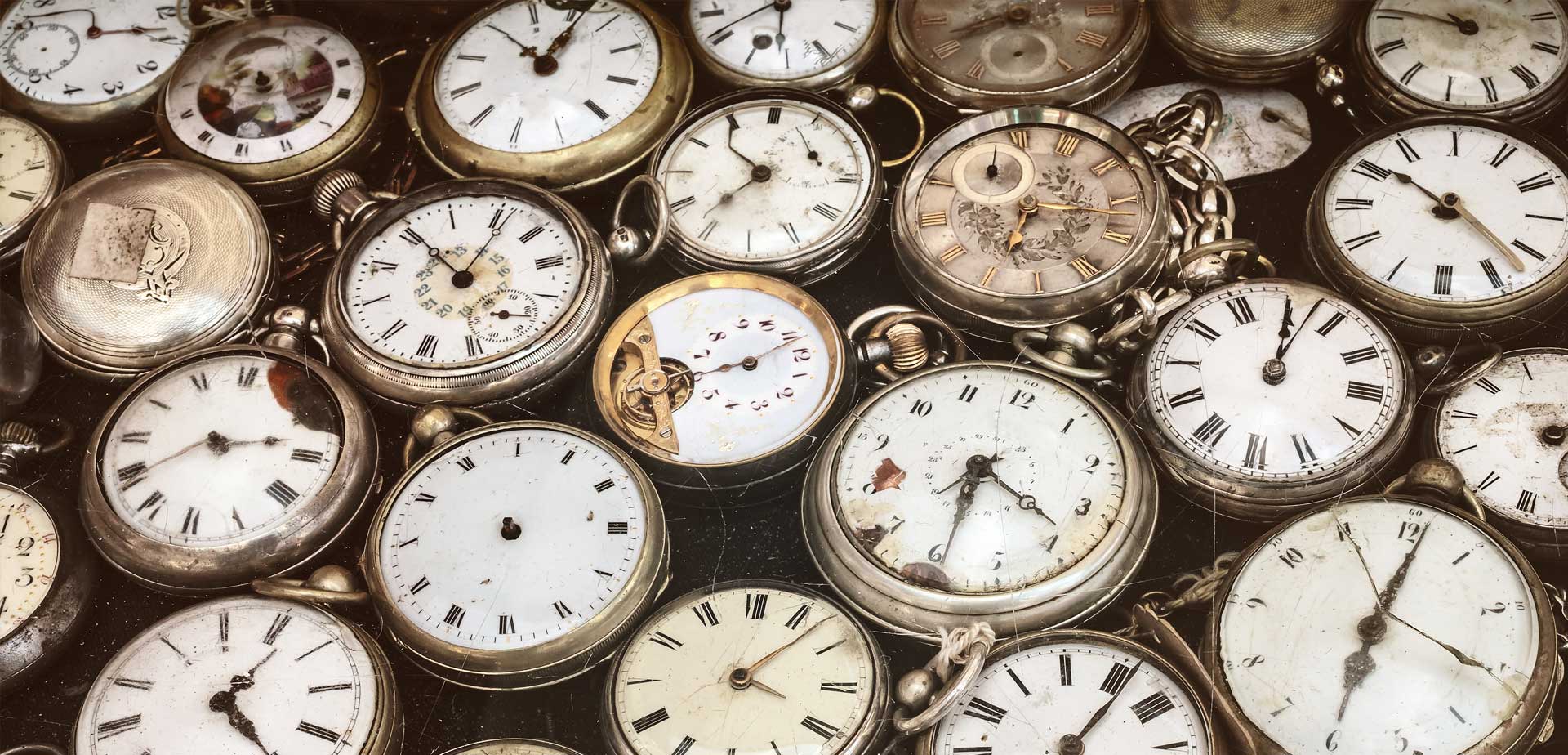How to Search for What you Want on eBay

How to buy antiques and collectibles on eBay Part Two:
How to Search for What You Want
At the top of the screen, there’s a search box followed by a drop-down list of categories. Before you even use the search box, try experimenting with the category list for a glimpse of the breadth of what’s out there.
The most relevant categories will vary depending on what it is you are collecting, but those that may be of particular relevance to collectors include antiques; art; books, comics and magazines; collectables; crafts; dolls and bears; jewellery and watches; pottery, porcelain and glass; sports memorabilia; stamps; and the category listed at the very end called ‘everything else’.
The Antiques category is itself subdivided into the following subcategories, which should appear in a sidebar on the left if you enter a blank search in the Antiques category (by clicking the search button after selecting ‘Antiques’ from the drop-down menu but without typing anything into the search box):
- Antique Carpets & Rugs
- Antique Clocks
- Antique Decorative Arts
- Antique Fabrics & Textiles
- Antique Furniture
- Antique Manuscripts
- Antique Maps, Atlases & Globes
- Antique Metalware
- Antique Musical Instruments
- Antique Silver
- Antique Woodenware
- Antiquities
- Architectural Antiques
- Asian Antiques
- Ethnographic Antiques
- Incunabula
- Marine & Maritime Antiques
- Other Antiques
- Period & Style Antiques
- Reproduction Antiques
- Science & Medicine Antiques
Most of these subcategories themselves have infra-categories, a display of which appears beneath them on the sidebar if you click the main subcategory. Some of these may also be pictorially shown in the main window.
Additionally, you are likely to see beneath the list of infra-categories a display of attributes you can select by ticking boxes, to narrow your search in a different way. So eBay is giving you many different options for finding listings of relevance to your collecting interests, even without searching for text.
Let’s take as an example the subcategory Antique Clocks of the category Antiques. Beneath Antique Clocks, the following infra-categories are listed:
- Antique Bracket Clocks
- Antique Cuckoo Clocks
- Antique Longcase & Grandfather Clocks
- Antique Mantel & Carriage Clocks
- Antique Wall Clocks
- Antique Clock Parts
- Other Antique Clocks.
Beneath these, you can also select from eight ‘clock types’ that in many but not all cases coincide with the infra-categories: ‘desk clock’ and ‘fusee clock’ are different options! Then there is a choice of four ages, followed by a choice of eight materials, then eight features, and finally eight ‘style / origin / theme’ choices! Clicking any one of these options will narrow down the range of results considerably. You can click another in another area to further narrow it. Once the list of results displayed in the main window is manageable for you given how much time you have (this may be anything from a few dozen to a couple of thousand listings), you may want to start manually scrolling through them and stopping at those you want to investigate further.
For any individual result you do want to know more about, just click it, and you will see the full listing, likely to include a small picture gallery and a description. Click ‘Watch this item’ if you want to shortlist it as something of interest to you; then make use of the ‘Back’ function on your web browser to return to the main list of results, and continue through it.
A great advantage of using the category menu structure as a way into looking for items to buy is that you will see many items listed that a text-based search would have missed.
However, in some categories, such as books, comics and magazines, the number of listings is likely to be overwhelming unless you use the search text box. This can be done globally (outside any category), within a category, within a subcategory, or even within an infra-category. The relevance of results will vary accordingly, but sometimes it does pay to use a global or whole category-based text search because not all relevant items will show up in the place within the category structure where you expect them!
You can refine text box searches in various ways too. The easiest way to go about this to begin with is to click ‘Advanced’ to the right of the ‘Search’ button at the top of the page. Then enter two or more different keywords that may be relevant to your search in the ‘Enter keywords or item number’ box, and be sure to select ‘any words, any order’ from the drop-down menu to the right so that you will be returned all results for any of the keywords you’ve selected, and not only results matching all of them at once, which is the effect of the default ‘all words, any order’ condition!
Beneath this, you will see another box labelled ‘Exclude words from your search’. Quite often, irrelevant listings occur in connection with normally relevant keywords as a result of other associations or connections those keywords may have. Over time you will learn to identify keywords that are the hallmark of the irrelevant listings; and these can be entered in ‘Exclude words from your search’ so that you don’t see these listings in your search results.
Under ‘Search including’, you should also tick ‘title and description’ if you want to catch more results for the keywords you are looking for, since generic keywords of relevance are not always included by sellers in their main titles, but they may be found in the extended descriptions.
eBay also helpfully allows you to save searches for later reuse, so you don’t have to go through all this process every time! When you find a combination of inclusions and exclusions that gives you good, relevant results, provided that you have not already reached the system limit for saved searches already (about 100), you should see a heart followed by ‘Save this search’ towards the top of the results page. Saving a search will also send you daily email notifications for new results unless you opt out, but emails sent to you generally only show 12 new results for each search, so if the search is too broad, you will only see a tiny fraction of the new matches by email. You can cancel a saved search at any time just by clicking once on where it now says ‘Saved’ in the place where it used to say ‘Save this search’. You can also access your saved searches from the drop-down menu headed ‘My eBay’ at the top right of the screen at any time when you are logged in to your eBay account, and this way quickly revisit the ones you want to for all new listings.
A final useful function to be aware of in the results page for any search is the ability to sort the results in an order you specify. This is accessed from a tab towards the top of the page, over to the far right just above the number of results. The default, ‘Best Match’, uses eBay’s own algorithmically based assessment of which results are most important, but this is unlikely to be at all reliable as a guide to what you actually want. The most useful option is probably ‘newly listed’ if you check a certain search on a frequent basis, since this way you can see all new listings since you last checked. ‘Ending soonest’ is generally less useful unless it is a one-off search you are unlikely to save or repeat or if you are only interested in auctions about to finish, since different auctions are listed with different timespans, making it very difficult to keep track of what is new since your last visit with this search method. ‘Distance: nearest first’ may be useful when searching for antiques that require collection or courier delivery; while ‘Price: lowest first’ is one for bargain hunters, and ‘Price: highest first’ a good place to start if you are looking only for the highest-quality, rarest or most valuable items, whether or not you can afford them!
You will also notice that to the far left of this row, you can toggle the filtering of results between ‘All listings’, ‘Auction’ and ‘Buy it now’ at any time, no matter what you may previously have selected under ‘Advanced’ or elsewhere.
Continue to Part 3: How to Set eBay options for How and Where you want to Buy
Mission Impossible Couriers specialise in transporting delicate and valuable goods such as antiques and furniture. We service eBay items for both sellers and bidders. Call us today on 0117 941 2255 for a competitive quotation or CLICK HERE for a quotation request form.
